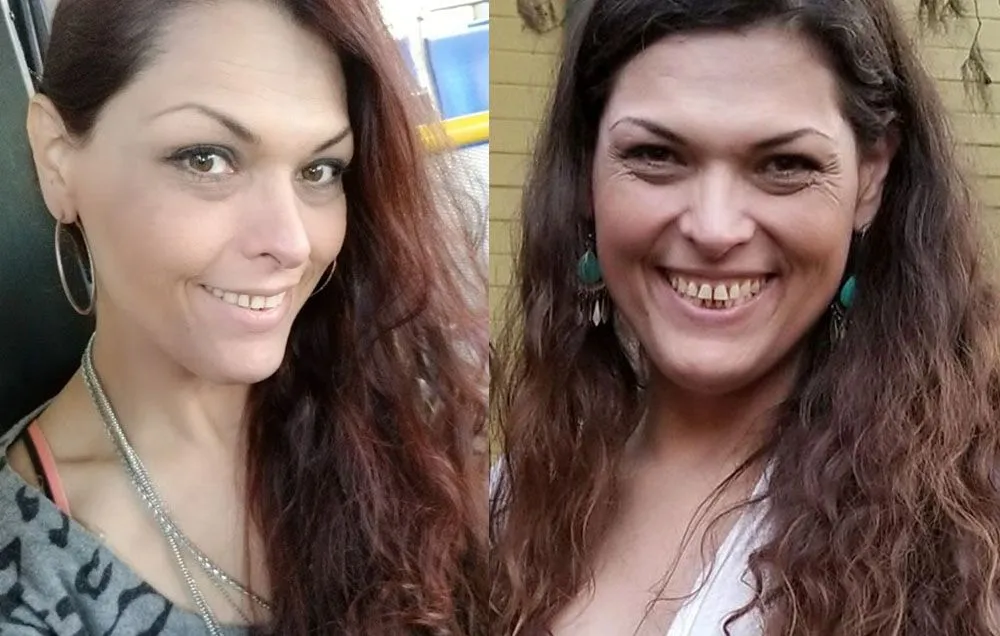Transitioning Process For Transgender People
Awareness of gender identity may take some time. Some people may not become aware until puberty sets in. Self-discovery can include feelings of denial, anxiety, confusion and worries about being accepted. This internal conflict results in still appearing as the genders expect based on their preference or because circumstances require it.
Individuals may try to overcome or deny their gender identity especially if they are scared of being condemned. LGBTQ people are often in the closet at this stage, this refers to keeping their sexual identity to themselves. Others may seek out information online or through reading from close people. This particular stage may be deeply and privately hidden until they near puberty or until the emotional struggle requires action or the individual is more independent. Some individuals may only come in as transgender adults.
The process is generally different for most people. Early indicators like being a tomboy for young girls or playing with dolls for boys are not signs that the child is transgender. Children should be allowed to explore and follow their pace. Time often brings clarity: most times children are likely to go back and forth while others persist, insist and remain consistent about their gender identity.
Page Contents
Disclosure To Others
Disclosure is an ongoing process that involves sharing about one’s authentic self with close family members and friends. Mostly it is a peer or close friend and in most cases, the parents are always the first to know about it. It extends to more people over time. Rejection may lead to a return to the first stage in which gender identity is kept a secret. A positive response from other people leads to higher self-esteem and great self-acceptance as well as openness and increased communication.

The way parents respond when children disclose a different gender identity or gender question may shape the child’s perspective about themselves or how their relationship with their parents will remain. Parents don’t have to answer all questions but they should listen to their children and express a desire to understand as well as show love and affection.
Socialization With Other Transgender People
As a child who identifies with other children who are transgender feelings of isolation and estrangement diminish. A positive sense of self-worth is strengthened by education, validation and support from a community of others who have similar experiences. Positive role models who are transgender are significant during this stage.
Integration and Acceptance
This stage involves openness and non-defensiveness about gender identity. Integration of this aspect of an individual’s identity manifests itself in various ways which include sharing their gender and transition story to living as their authentic self without any explanation or backstory.
Affirming relationships, family communities and friends have an impact on an individual’s ability to be completely integrated and self-accepting. At this stage, individuals may become advocates for transgender issues. It may affirm their success in claiming their identity to help others find encouragement and a personal path.
EXPLORE MORE: Best Sex Toys For Lesbians According To Queer Couples
 1114
1114







